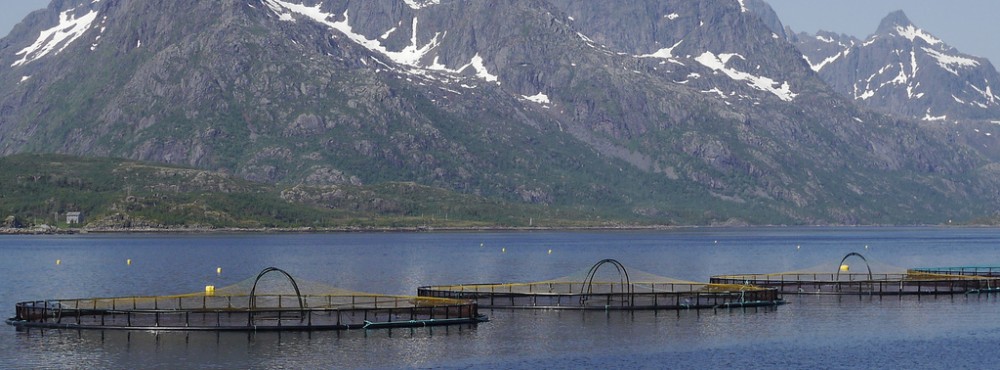In order to understand salmon welfare we first need to measure welfare. But how is welfare measured? The following pages are dedicated to describing some of the common measures of salmon welfare and what they tell us.
STRESS
Primary Stress Response

Oh my GAWD!
- Acute stress response
- Stimulates the activation of adrenergic and endocrine signaling, leading to the release of catecholamines (adrenaline/noradrenaline) and corticosteroids (cortisol) into the bloodstream (Ashley, 2007)
- Cortisol levels is the most common measurement of stress
- Does not necessarily indicate diminished welfare and salmon suffering since the primary stress response can be initiated when the salmon is in a general state of arousal, whether that arousal is due to a pleasurable activity such as mating, foraging, etc. or a life threatening event
- Poor welfare is the result of a chronic deterioration in the environment and stress that lasts for only a short time may not be associated with poor environmental conditions; If the state of the system was poor, the stress response would continue onwards.
Secondary Stress Response
- Continuation of the stress response
- Physiological effects of catecholamines and corticosteroids observed: sustained increase glycogenolysis, blood flow, ventilation rate, gill perfusion, and muscle activity (Ashley, 2007)
- Indicative of stress being prolonged because of a longer lasting stressor in the environment
Tertiary Stress Response
- Chronic stress response
- A better depiction of farmed salmon welfare state because a persistent stressor is present in the environment, indicating possibly a deterioration in the environment (Ashley, 2007)
- Leads to: degradation of the body (due to breakdown of macromolecules and exhaustion of organs) in order to sustain the stress response, reduction in growth, decline in reproductive performance, poor immune function, and disease resistance
- Depletion of glycogen stores, increase in plasma glucose levels, high muscle activity, and consequently anaerobic glycolysis leading to increase in plasma lactate are effects of the tertiary stress response as well
